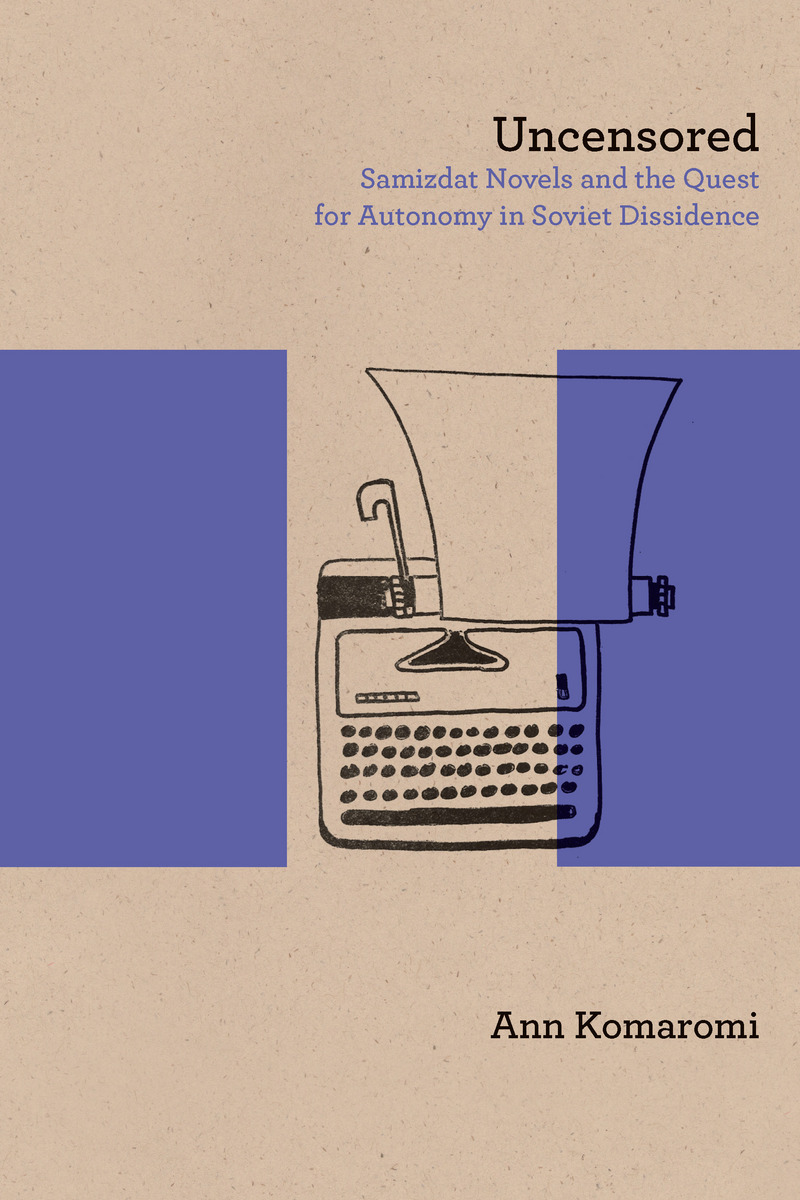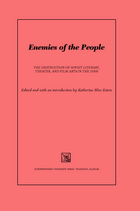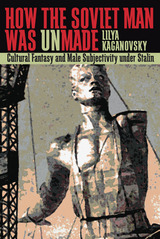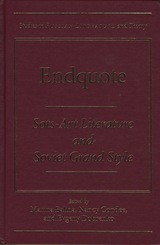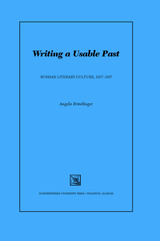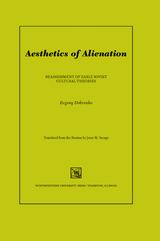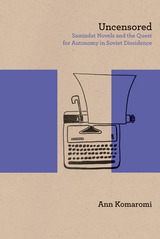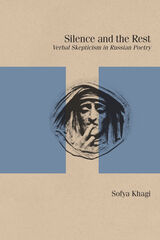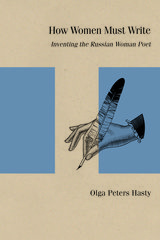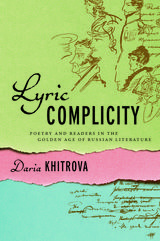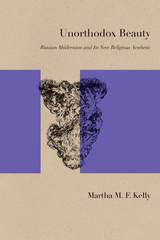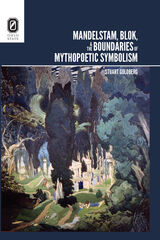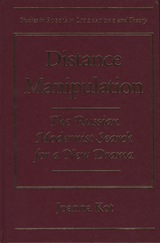Uncensored: Samizdat Novels and the Quest for Autonomy in Soviet Dissidence
Northwestern University Press, 2015
Paper: 978-0-8101-3186-6 | Cloth: 978-0-8101-3123-1 | eISBN: 978-0-8101-3124-8
Library of Congress Classification PG3026.U5.K65 2015
Dewey Decimal Classification 891.7090044
Paper: 978-0-8101-3186-6 | Cloth: 978-0-8101-3123-1 | eISBN: 978-0-8101-3124-8
Library of Congress Classification PG3026.U5.K65 2015
Dewey Decimal Classification 891.7090044
ABOUT THIS BOOK | AUTHOR BIOGRAPHY | REVIEWS | TOC | REQUEST ACCESSIBLE FILE
ABOUT THIS BOOK
Literature that was self-published and informally circulated in the former Soviet Union in order to evade censorship, in addition to prosecution of its authors, came to be known as samizdat. Vasilii Aksenov, Andrei Bitov, and Venedikt Erofeev were among its most acclaimed practitioners. In her innovative study, Ann Komaromi uses their work to argue for a far more sophisticated understanding of the phenomenon of samizdat, showing how the material circumstances of its creation and dissemination exercised a profound influence on the very idea of dissidence. When a text comes to life as samizdat, it necessarily reconfigures the relationship between author and reader. Using archival research to fully illustrate samizdat’s social and historical context, Komaromi arrives at a more nuanced theoretical position that breaks down the opposition between the autonomous work of art and direct political engagement. The similarities between samizdat and digital culture give her formulation of dissident subjectivity particular contemporary relevance.
See other books on: Morson, Gary Saul | Quest for Autonomy | Russian fiction | Underground literature | Underground press publications
See other titles from Northwestern University Press
